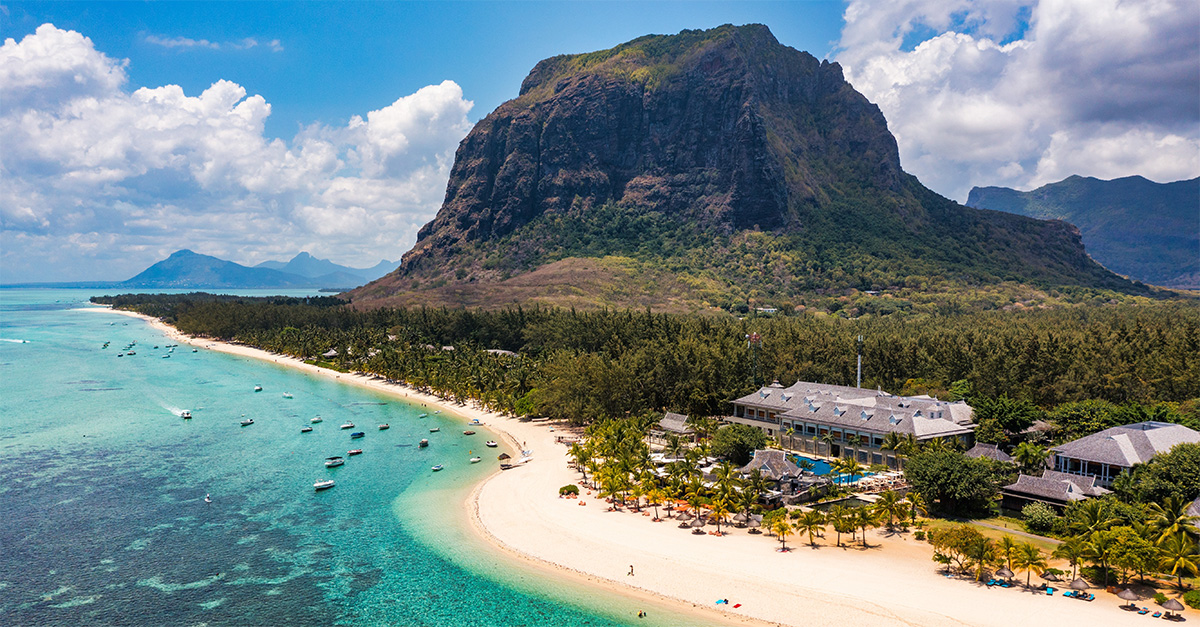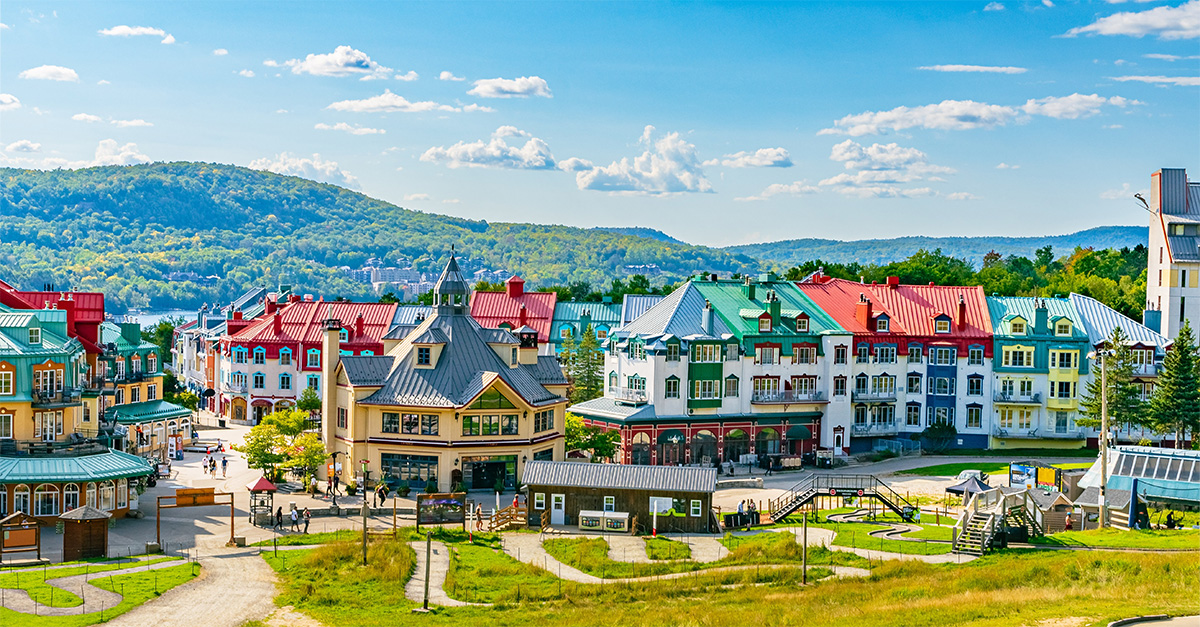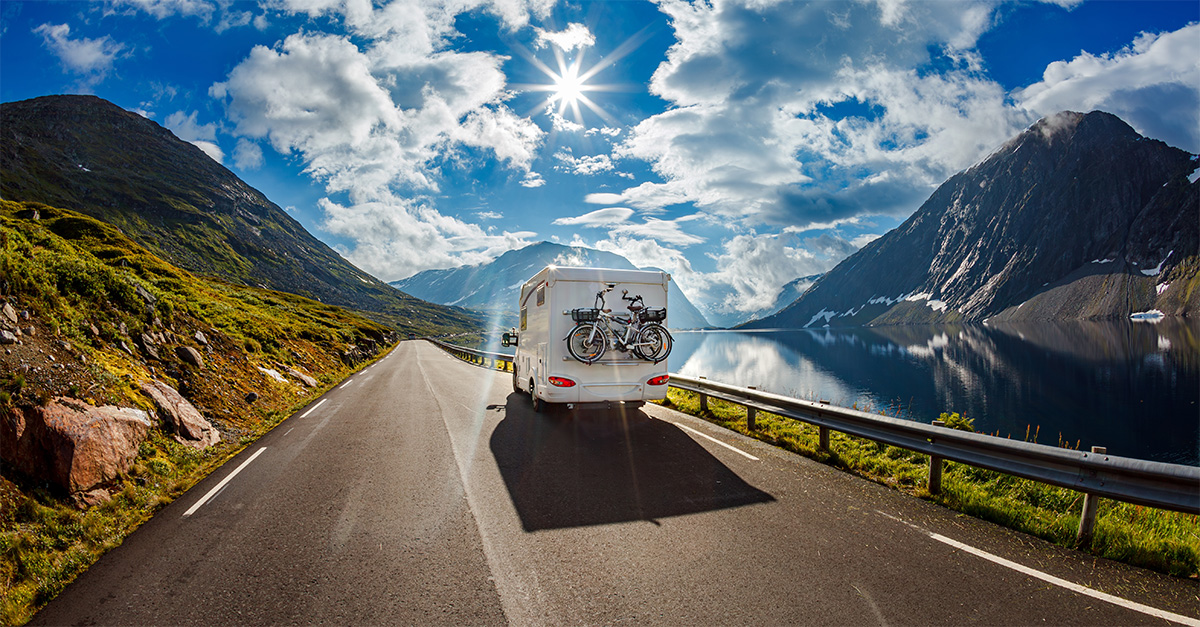Australia’s Red Centre is more accessible than you think, finds David Whitley
Like this and want more details? Click here to download and save as a PDF.
The Australian Outback is an extraordinary beast, with thousands of miles of spectacularly stark and subtly changing landscapes.
The heat, the saltbush and spinifex-punctuated red dirt and rugged rock formations, combined with a lack of human impact, make it eerily, relentlessly compelling.
For some, the inaccessibility is part of the allure. But not everyone wants to hire 4WDs with satellite phones and go bumping down brutally corrugated tracks in the middle of nowhere. This is where the Red Centre comes in – it’s surprisingly accessible, and shows off the outback at arguably its most dramatic.
Sell: On the fly
The lynchpin of the Red Centre’s allure is Uluru (formerly known as Ayers Rock). The big, red monolith is one of Australia’s classic postcard images, but once you get up close it becomes immediately apparent that there’s so much more than the one well-known shot.
The colour changes throughout the day, meaning sunset and sunrise see gaggles of people gather at the dedicated viewing platforms.
But it is the walk around the base of Uluru that truly sticks in the memory. Around each corner of the flat six-and-a-half-mile loop, the monolith looks dramatically different. There are pockmark-like caves, bulging rocks, tiny gullies where hardy plants attempt to grow, wave like stripes and streaks turned black by the temporary waterfalls that occur when there’s rain. It quickly becomes possible to see why some believe the Rock has magical powers – and signs explain spots that have particular sacred significance to the local indigenous people.
Temperatures can clamber into the mid-40s between November and April, so early risers are less likely to be roasted.
Despite being in the middle of nowhere (it’s a four-and-a-half hour drive to the nearest town, Alice Springs), Uluru is absurdly easy to get to. The Ayers Rock airport, 15 miles north of Uluru itself, has regular flights from Alice Springs, Melbourne, Sydney and Cairns. The last two make it simple to put together the classic Australia first-timer’s harbour, reef and rock itinerary.
Alternatively, there are even more regular flights, from all major Australian cities, to Alice Springs; it’s worth considering these for an extended Red Centre itinerary that takes in the rest of the region’s star attractions.
Kata Tjuta, another mammoth rock formation, this time with multiple domes, lies 15 miles west of Uluru. It’s around 200m taller too, and many prefer it as its walking trails are less crowded.
Further north is Watarrka National Park, home of Kings Canyon. Arguably the most stunning (and most ignored) of the trio, the canyon has carved out an unexpectedly green Eden, surrounded by towering sandstone cliffs.
The moderate walk along the creek bed gives awe-inspiring views upwards, but the Rim Walk is the prime drawcard here. It involves an utterly brutal uphill climb of seemingly thousands of steps at first, but then follows along the canyon rim, giving superlative views down, and of the surrounding George Gill Range.

Sounds of Silence dinner
See: Outback adventures
For somewhere so remote, there’s a ridiculous amount to do around Uluru. Activities are very easy to package up into a crammed itinerary, as timings are often deliberately planned to fit together and all can be booked along with the accommodation at the Ayers Rock Resort.
ayersrockresort.com.au
The Sounds of Silence dinner is a justifiably popular option (£104). A lavish three-course spread with free-flowing wine is laid on at tables carefully placed on a sand dune to capture the best sunset views. A didgeridoo player and Aboriginal dance performance are thrown in, but the highlight is a ‘startalker’ who gives an engrossing beginner’s guide to the southern sky once it has gone dark and the stars are shining vividly.
The dinner can be combined with a camel ride. The latter can also be done at other times of the day, but the Camels to Sounds of Silence option (£158) finishes handily at the dining dune. The history of camels in Australia explained along the way is fascinating.
Also available through Ayers Rock Resort are small-group walking tours around Uluru and Kata Tjuta – these come with much more insight than you’ll get from just reading signs – plus helicopter rides, tandem skydives and Harley-Davidson adventures.
On a more cultural level, it’s possible to learn the basic techniques of Aboriginal dot painting with an indigenous artist. Run by the Maruku Arts cooperative, the workshops (£37) involve explanations of commonly used symbols before eager novices are let loose with canvas and paint.
Near Kings Canyon, the Kings Creek Station offers a couple of worthwhile additions. The first is a quad-biking tour (£53) around the property, which is tremendously good fun and offers a good idea of what life on these vast outback cattle-ranching stations is like.
kingscreekstation.com.au
The second is a half-hour helicopter flight (£147) over Watarrka that shows Kings Canyon to be merely one of many branching off the George Gill Range. The landscape is, even to those who are difficult to please, absolutely jaw-dropping – all rugged escarpments and vast, barren basins, interspersed by little green ribbons around the dry creek beds.
Stay: Sleep easy
Prices at the Ayers Rock Resort reflect both the remoteness of the location and the monopoly on accommodation options. It’s 12 miles north of Uluru, and effectively the township for the area, with supermarket, post offices and emergency services based there.
A series of hotels that span the star grades are spread out around a loop road, along with what’s claimed to be the largest campground in the southern hemisphere.
The hotels are going through a gradual refurbishment process, with that at higher-end option Sails in the Desert already completed. Here, huge flatscreens and chaises longues provide the comfort, while carpets based on Aboriginal artworks and egg-like sculptures around the bedside lamps add the design twist. Rooms cost from £207.
The Desert Gardens Hotel, which costs from £133 including breakfast, looks a little motel like from the outside, and is next up for a renovation. Big dot painting pillows, light woods and balconies or private terraces for all will be the order of the day.
The Outback Pioneer is the relatively cheap and cheerful option, starting at £118. It’s home to the only pub for miles around but also to bathrooms that have seen at least one more decade than they should have.
The best bet, especially for families, are the Emu Walk Apartments. The bright, neutral-toned split level apartments come with kitchenettes and washer/dryers – mighty handy if on the road for a few weeks. Prices are similar to those at Sails in the Desert, but as with all of the resort’s hotels, big discounts can be had for staying more than the usual two nights.
At Kings Canyon, the top option is the Kings Canyon Wilderness Lodge run by APT, which is down a dirt track on the Kings Creek Station. The rooms are quirky cabin-tent hybrids, with corrugated metal walls and canvas roofs – although touches such as the heat lamps in the bathrooms and group evening meal around the campfire put it in the experiential luxury bracket. Prices start at £203.
aptouring.co.uk
Visitors less keen to drive can opt for an escorted coach tour. Austravel sells a four-night trip, with two nights at Uluru, one at Kings Canyon and one in Alice Springs, from £789.
austravel.com

Kings Canyon




